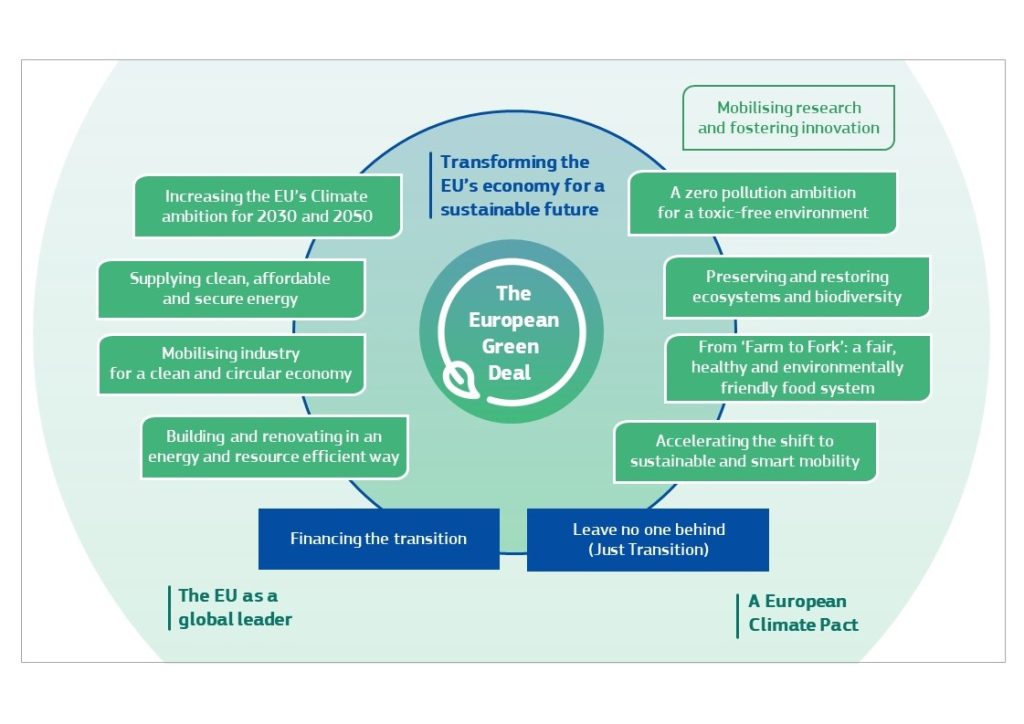
Within this regard, several open points affecting the current INF TSI and described in the ERA Technical Note are yet to be closed, namely those related to the Dynamic Train Categories previously specified in EN15228:2015 and the limits of validity of the static compatibility checks currently stipulated EN15228:2021, the accuracy of the current dynamic amplification factors and damping values for railway bridges proposed in EN1991 2 (2003) and the validity of the deck acceleration limits imposed by EN1990-Annex A2 (2005) in both new and existing bridges.
InBridge4EU aims to answer these points through the formulation of an enhanced and harmonized method to assess the European dynamic interface between railway bridges and rolling stock. The outcomes of this project will provide solid background to the guidance being drafted within the CEN/TC250/SC1 special group DIBRST for dynamics of bridges. Finally, as a consequence, the economic outcomes of changing any of the aforementioned criteria/parameters/ methodologies in the current European railway bridge landscape will be carefully assessed.
All the research carried out in InBridge4EU will converge on recommendations to ERA and CEN for revising and updating the current version of the TSIs and Eurocodes. Advanced numerical modelling and dynamic analyses of both bridge and railway vehicles, together with the development of extensive databases of bridge and rolling stock data obtained from the different partners of the consortium, will contribute to the successful achievement of the project’s objectives.
You can reach the project coordinator Pedro Montenegro at:
paires [at] fe.up.pt

This project has received funding from the Europe’s Rail Joint Undertaking under Horizon Europe research and innovation programme under grant agreement No. 101121765 (HORIZON-ER-JU-2022-ExplR-02).
Views and opinions expressed are however those of the author(s) only and do not necessarily reflect those of the European Union or Europe’s Rail Joint Undertaking. Neither the European Union nor the granting authority can be held responsible for them.
All Rights Reserved © 2023 | Made: Perto Creative Agency